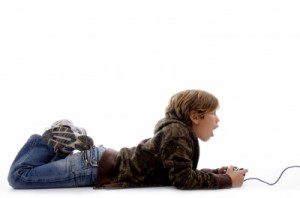 Test your knowledge on self-injury: Take the True or False Quiz
Test your knowledge on self-injury: Take the True or False Quiz
Self-injury is:
1) A suicidal behavior. False. It is an attempt to self-soothe, control emotions, communicate what is difficult to say, or control and punish oneself through trauma reenactment. It helps a teen avoids suicidal feelings that are unbearable. This is an attempt to stay alive, to stay connected to something and not check out for good.
2) An addiction. False. It is addictive-like in that it helps people feel better, though temporary, and it often increases in severity and intensity over time.
3) Any type of physical harm. False. The thing that distinguishes self-injury from other forms of physical harm is the elevated mood a teen experiences after self-injury.
4) A behavior that means a person is psychotic. False. The person is in her right mind but tormented with issues enacted through self-harm.
5) More than an attention getter. True. Some people think this is just a way to get attention when actually it is a cry for help and indicative of emotional pain.
6) A way to feel alive. True. It breaks emotional numbness and reconnects the person to her body after a dissociative experience. She feels something, often feels alive due to the physical pain.
7) A sign that a teen can’t feel pain. False. Even though the self-injurer may not feel pain while inflicting the wound, he or she will feel pain afterward.
8) A way to express what can’t be spoken. True. Even though this is indirect communication, self-injury communicates a need.
9) A form of self-loathing. True. It serves as a punishment for having strong (usually negative) feelings.
10) Something that a teen will typically outgrow. False. The teen needs help and new coping skills taught. The most effective treatment is Dialectical Behavior Therapy (DBT). In the DBT model, self-injury is viewed as an ineffective way to solve problems. Therefore, the goal of DBT is to stop self-injury, and teach better problem-solving and distress tolerance. It is a structured treatment that incorporates cognitive-behavioral therapy.


